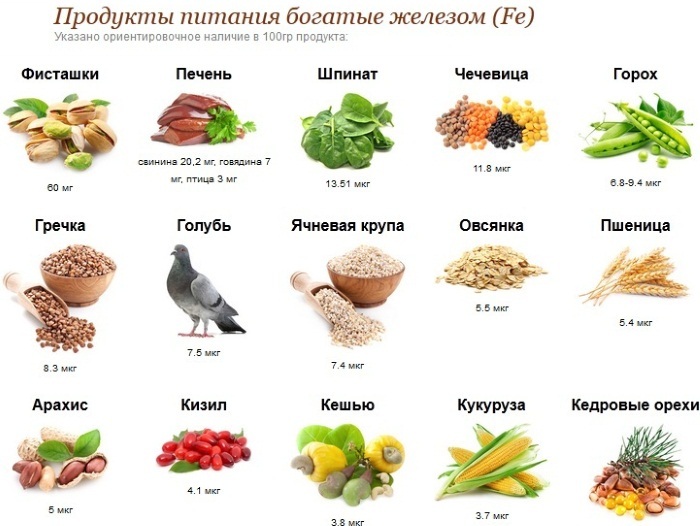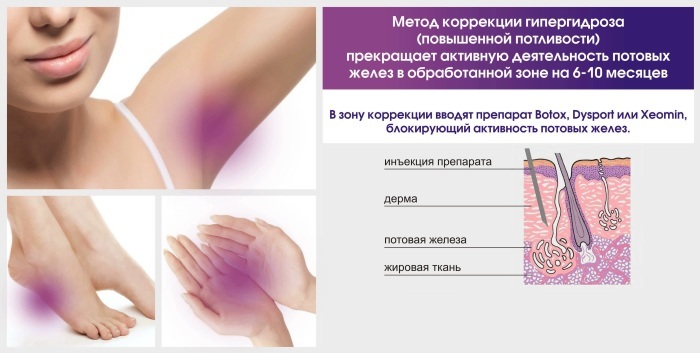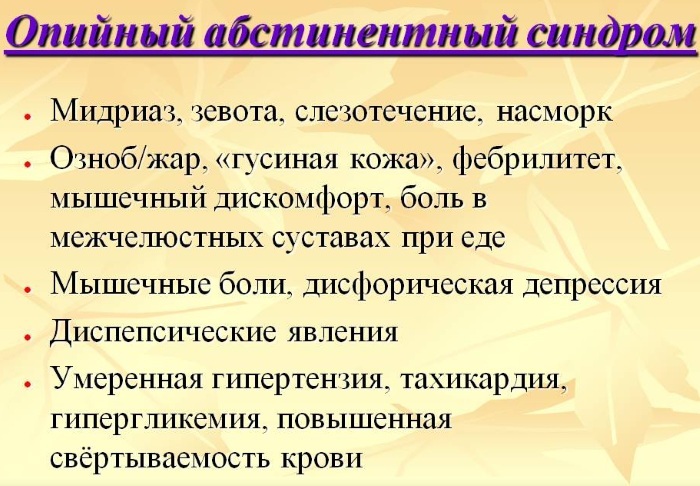Carbon monoxide (carbon monoxide) is a dangerous compound for humans. Poisoning with them is fatal. It is important to know the signs of a pathological condition in order to provide the victim with first aid. The lack of timely therapy for intoxication entails serious consequences, including the death of a person.
Record content:
- 1 Views
- 2 Stages and degrees
- 3 Symptoms
- 4 Reasons for the appearance
- 5 Diagnostics
- 6 When to see a doctor
- 7 Prophylaxis
- 8 First aid
-
9 Treatment methods
- 9.1 Medications
- 9.2 Traditional methods
- 9.3 Other methods
- 10 Possible complications
- 11 Carbon monoxide poisoning video
Views
Carbon monoxide poisoning is classified into the following forms:
| Name | Description |
| Fainting | The pathological condition is accompanied by a sharp drop in blood pressure, the victim loses consciousness. |
| Euphoric | Intoxication of the human body is accompanied by psychomotor agitation, criticism is sharply reduced. The orientation in time and space is disturbed, the victim is delirious, he is visited by hallucinations. |
| Lightning fast | A pathological condition in which the concentration of carbon monoxide in the blood exceeds 75%. In such a situation, the death of a person occurs in 2-3 minutes. |
In any case, it is important for the victim to provide medical care on which his life depends.
Stages and degrees
Intoxication of the body is also classified according to the severity, each of which is accompanied by certain clinical signs: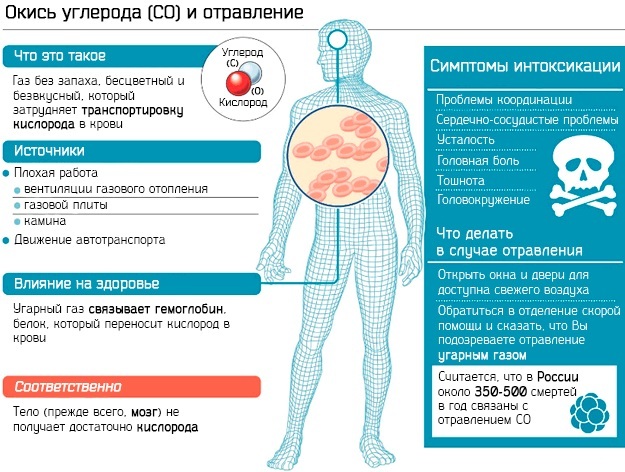
| Name | Description |
| Easy | Poisoning of the body is insignificant, since the concentration of carbon monoxide in the blood is 30%. The pathological condition is accompanied by the following clinical signs:
|
| Average | The concentration of carbon monoxide in the blood is 30-40%. The victim is worried about the following clinical signs:
|
| Heavy | Severe carbon monoxide poisoning (40-50% carboxyhemoglobin in the blood) provokes serious symptoms:
|
Depending on the degree of damage to the human body, the victim has temporary or long-term complications, up to the onset of death. Therefore, first aid is important for future prognosis.
Carbon monoxide poisoning (signs will help the doctor determine the extent of the injury the victim's body) provides for certain stages:
| Name | Description |
| Initial | Carbon monoxide attacks the central nervous system, disrupting its function. Autonomic dysfunctions appear. Angiodystonic syndrome develops with a tendency to angiospasm. Cerebral and vascular disorders are present. The pathological condition is accompanied by headache, dizziness, increased heartbeat. Myocardial dystrophy provokes painful sensations in the chest area. The victim does not sleep well, he becomes irritable, memory deteriorates. |
| Expressed | The symptomatology of the pathological condition is pronounced. Suddenly, the heart rate increases, breathing is disturbed, and sweating increases. There are fluctuations in blood pressure, a person has a fear of death. Myocardial dystrophy is accompanied by impaired coronary circulation. |
There is also chronic intoxication, which develops with the constant ingress of carbon monoxide in the human body in small quantities.
Symptoms
Depending on the degree of damage to the human body, the functioning of many systems is disrupted. Typical clinical symptoms appear:
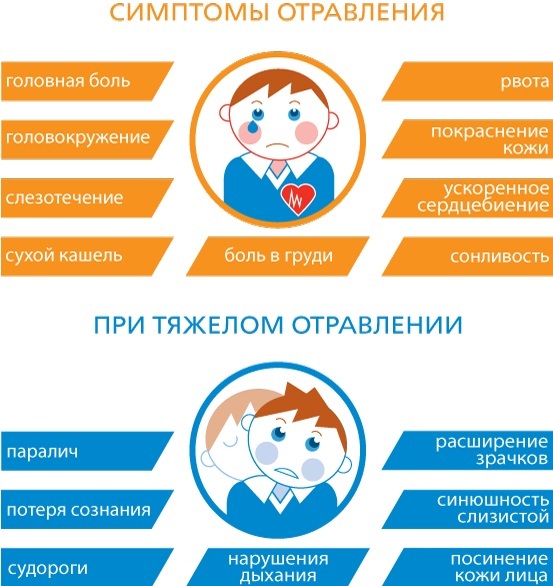
| Name | Description |
| central nervous system | With severe damage to the central nervous system, normal erythrocytes are filled with carboxyhemoglobin and the following symptoms appear in a person:
|
| The cardiovascular system | The danger of heart damage lies in the future consequences when the intoxication is eliminated. In case of carbon monoxide poisoning, the victim develops the following clinical symptoms:
|
| Respiratory system | Lack of oxygen also has serious consequences for the human body. As the carbon monoxide quickly displaces oxygen, the victim develops the following symptoms:
|
| Skin, mucous membranes | The clinical picture depends on the degree of damage to the human body:
|
A sign of severe carbon monoxide poisoning is involuntary urination, bowel movement. The victim loses consciousness, a coma ensues.
Reasons for the appearance
At risk are people who abuse alcohol and tobacco, pregnant women and small children. The same goes for patients diagnosed with asthma. Nervous or physical stress reduces the body's resistance.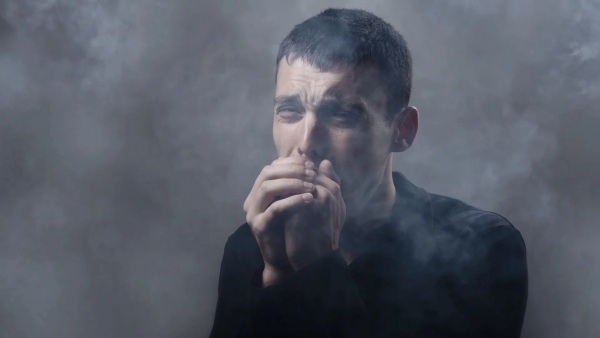
There are numerous reasons that contribute to the strong intoxication of the human body with carbon monoxide:
- faulty heating appliances that are installed in houses, apartments, saunas or garages;
- prolonged stay in an unventilated room;
- violation of safety rules during the use of heating devices;
- being in close proximity to combustion products;
- lack of ventilation system, hoods in the room.
There is a high probability of carbon monoxide poisoning during vehicle repairs if the room is poorly ventilated. Intoxication of the body is also observed during a fire indoors.
Diagnostics
A toxicologist will help determine the intoxication of the body with carbon monoxide. It is important to differentiate poisoning, since many diseases are accompanied by similar clinical signs (viral infection, alcohol intoxication, damage to the central nervous system).
For diagnosis, the doctor prescribes the following examination methods:
| Name | Description |
| Blood chemistry | In laboratory conditions, venous blood is examined to determine the concentration of carboxyhemoglobin. |
| Electrocardiogram (ECG) | A diagnostic method that allows you to identify damage to the cardiovascular system. |
| Computed tomography (CT) | The survey is carried out to confirm or deny damage to the central nervous system, brain. |
| Magnetic resonance imaging (MRI) | |
| Ultrasound examination (ultrasound) | The specialist evaluates the condition and functioning of the kidneys and liver. |
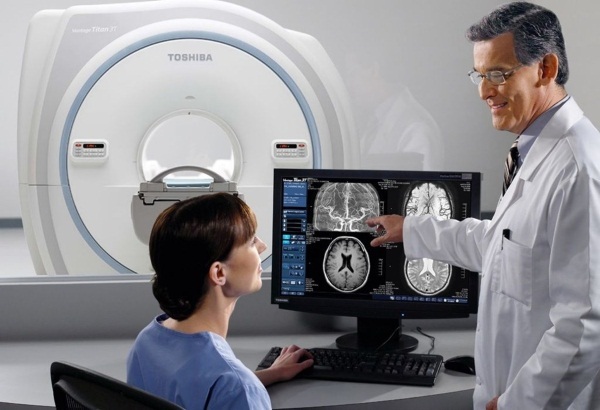
Based on the results obtained, the doctor selects the most effective treatment, also taking into account the person's condition and the individual characteristics of his body.
When to see a doctor
Carbon monoxide poisoning (signs of intoxication depend on the degree of damage to the human body) in any situation requires the help of a qualified specialist - a toxicologist. Oxygen oxide enters the bloodstream, it is difficult to get rid of the dangerous compound and it will take a long time.
Prophylaxis
You can prevent poisoning of the body with carbon monoxide, just remember the simple rules:
- When working with oxygen monoxide, be sure to use protective equipment, special filters, oxygen cylinders.
- Good ventilation must be designed and installed in a carbon monoxide production room.
- When using stoves and fireplaces, it is important to control the condition of the fuel materials, it is necessary to monitor the position of the damper.
- If necessary, before working with carbon monoxide, it is also recommended to take special drugs that protect the blood from the formation of a carboxyhemoglobin compound (Acyzol).

- Periodically check the serviceability of fireplaces, stoves, electrical appliances.
- Clean the chimney, monitor the functioning of the ventilation system.
When in a tunnel or garage, it is recommended to turn off the vehicle engine. If you suspect the presence of carbon monoxide in the room, ventilate it well.
First aid
The condition and life of the victim depends on the speed of the first aid provided.
You must immediately call a doctor, then do the following:
- Remove or remove the person to fresh air. Eliminate the source of carbon monoxide.
- Provide the maximum flow of pure oxygen (take off clothes, unfasten buttons). It is necessary to free the chest.
- Give a person a drink to stimulate blood circulation, give him tea or coffee. You can grind the chest.
- It is important to ensure that the person is constantly conscious. Use ammonia or wipe your neck and face with cold water.
- If necessary, carry out resuscitation measures. If the pulse has decreased, breathing has worsened, you should perform an indirect heart massage, artificial ventilation.

The main thing is to maintain the most satisfactory condition of a person before the arrival of an ambulance.
Treatment methods
Treatment of the victim in most cases is carried out stationary. A person is given oxygen therapy and special medications are prescribed.
The main goal of treatment is to support all vital functions in the human body and prevent possible complications. After the critical period subsides, the use of folk remedies is allowed, if there are no serious contraindications.
Medications
To eliminate intoxication, intravenous infusion therapy is performed using special solutions. Caffeine helps to stimulate breathing, the functioning of the nervous and cardiac systems. The drug dilates blood vessels, supports the work of the heart, and eliminates headaches.
Carbon monoxide poisoning (signs of intoxication depend on the degree of damage to the body) provides for symptomatic treatment.
| Drug group | Name | Application |
| Anticonvulsants | Levodopa | The drug eliminates cramps and reduces muscle tone. The initial dosage of the drug for adults is 0.25 mg. It is recommended to increase it every 2-3 days up to 3 g. |
| Pain relievers | Novigan | The drug should be taken orally before meals 1 hour or after meals 3 hours later. The adult dosage is 1 tablet 3 times a day. The course of treatment lasts 5 days. |
| Sorbents | Polysorb | The drug removes toxic substances from the body and cleanses it of the remaining toxins. The medicine is recommended to be taken 1 hour before meals. The dosage depends on the body weight of the victim. Adults are recommended to take 1-2 tablespoons, dilute the preliminary medicine with water (100-150 ml). The course of treatment is carried out for 3-5 days in case of acute poisoning. Chronic lesions require more time - 7-14 days. |
| Antidote | Acizol | The drug is administered intravenously, the adult dosage is 1 ml. The course of treatment lasts 7-10 days. The maximum daily dosage of the drug is 4 ml. The medicine reduces the intoxication of the body, compensates for the lack of zinc and increases the resistance of internal organs to oxygen starvation. |

Additionally, vitamin complexes are prescribed to help restore the work of the affected internal systems and organs (Ascorbic acid, Glucose). In most cases, drugs are given intravenously. To strengthen the protection of the victim's body and the destruction of carboxyhemoglobin, the drug Carboxylase is used.
Traditional methods
Prescriptions of healers and healers for carbon monoxide poisoning, you can use the recession field of the exacerbation period, when there is no danger of complications, and the doctor allows you to be treated at home. It is also important to discuss the use of folk remedies with a specialist, since many components provoke an allergic reaction. We must not forget about individual sensitivity.
| Name | Recipe | Application |
| Cranberry-lingonberry tincture | Mix dried cranberries (100 g) with lingonberries (200 g). Grind all components well and add 300 ml of hot water. It is recommended to stand the infusion for 2 hours and strain. | The finished medicine should be taken 50 ml 6 times a day until the symptoms of carbon monoxide poisoning completely disappear. |
| Dandelion root | Pour dry crushed raw materials (6 g) with boiling water (250 ml). Put on low heat and continue to cook for another 15 minutes. Leave the resulting mass for 30 minutes, strain and add warm boiled water until the initial volume (250 ml) is obtained. | Dandelion is good at removing toxins from the body. The medicine is recommended to be taken in 1 tbsp. 3 times a day. |
| Knotweed tincture | Pour a dry crushed plant (2 tablespoons) with boiling water (2 tablespoons). Cover the container and wrap it well, leave for 3 hours. Strain the resulting broth and take inside. | The finished product is recommended to be consumed in 0.5 tbsp. 2 times a day. Knotweed has a firming, restorative and antiviral effect. |
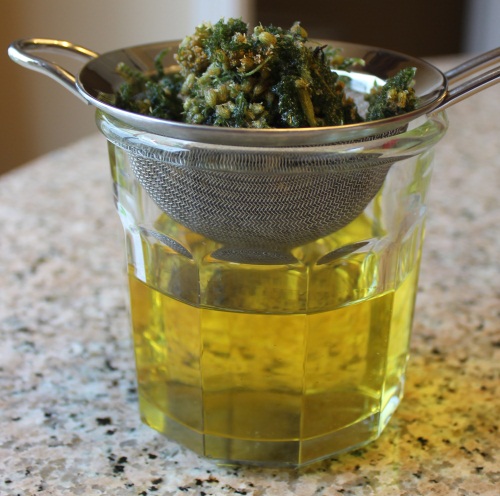
Pink radiola allows you to quickly restore the body after carbon monoxide poisoning. Alcohol tincture is recommended to be taken 10 drops 3 times a day. The product can be pre-diluted with warm boiled water.
Other methods
The first steps of the doctor are to eliminate the intoxication of the body in case of carbon monoxide poisoning and the elimination of toxic substances. For this purpose, the specialist uses certain medications.
Subsequent therapy in severe cases is carried out in an inpatient department of a medical institution. The fight against hypoxia involves the following methods:
| Name | Description |
| Oxygen therapy | The victim is put on a special mask through which oxygen is supplied. |
| Artificial lung ventilation (ALV) | The procedure is necessary if a person has respiratory distress. Ventilation helps restore air circulation in the lungs. |
| Pressure chamber | The device helps to saturate the blood with oxygen more than the usual inhalation of air. After the procedure, regeneration processes are intensively launched in the human body. |

Patients are also shown to inhale carbogen (a mixture of oxygen and carbon dioxide). The drug eliminates respiratory hypoxia, stimulates the respiratory process for better utilization of the oxygen received.
Possible complications
Carbon monoxide poisoning (signs of a pathological condition appear immediately after carbon monoxide enters the body) does not pass without a trace for a person.
Doctors distinguish between early and late complications against a background of severe intoxication:
| Name | Description |
| Early |
|
| Late |
|
Severe poisoning with carboxyhemoglobin can provoke a strong inflammatory process in the area of the respiratory system. There is a high probability of not only pulmonary edema, but also bleeding. Acute intoxication also provokes liver failure, skin and trophic disorders. Poisoning during pregnancy negatively affects the development of the fetus.
There are situations when it is impossible to prevent the ingress of carbon monoxide into the body. In such a situation, in order to prevent poisoning, you must immediately go to the hospital and get qualified help. Progressive intoxication is accompanied by characteristic signs and provokes serious consequences, up to and including death.
Carbon monoxide poisoning video
Malysheva about carbon monoxide poisoning:

